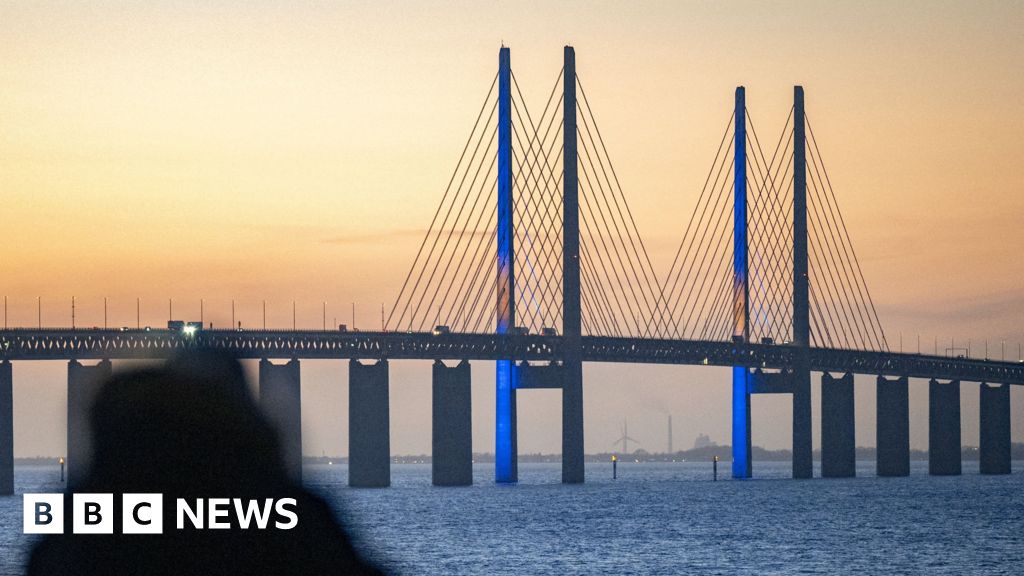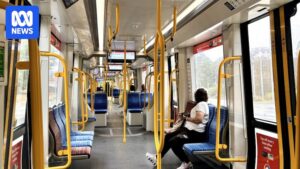
One of Europe’s most iconic transport landmarks, the Öresund Bridge, which connects Denmark and Sweden, is celebrating 25 years since its opening. This engineering marvel has significantly impacted business and daily life in the region, though challenges remain. The bridge, spanning 16 kilometers and including a tunnel section, remains the longest road and rail bridge in the EU.
Oskar Damkjaer, a 28-year-old software engineer, exemplifies the bridge’s impact. Living in Copenhagen, he commutes to Malmö, Sweden’s third-largest city, twice a week. “People think that it’s a really big thing to commute to another country,” he says, “It’s quite convenient, I would say.” Similarly, Laurine Deschamps, a global brand manager at Danish gaming company IO Interactive, commutes from Malmö to Copenhagen four times a week, preferring Malmö’s “human-sized” city atmosphere.
The Vision and Economic Impact
The Öresund Bridge was born from a 1991 agreement between Sweden and Denmark, aiming to make travel faster and easier, improve regional integration, and boost economic growth. The project cost 30 billion Danish krone ($4.3 billion; £3 billion) and was completed in five years. The bridge has dramatically increased cross-border commuting by over 400%, according to recent figures from Öresundsinstitutet.
Cross-border commuting has increased by more than 400% since the bridge’s inauguration.
Öresundsinstitutet’s data also shows a 73% increase in businesses starting on the opposite side of the water. “We have this very unique opportunity of being able to go back and forth,” says Sandra Mondahl, a senior manager at IO Interactive. The bridge has facilitated the relocation of over 100 businesses to Malmö, including parts of the Ikea Group and Ikano, creating thousands of new job opportunities.
Innovation and Challenges
Malmö has seen a surge in tech start-ups and life science companies, partly due to increased access to talent. Lund University research highlights a steeper increase in patents in Malmö compared to other major Swedish regions. However, the growing popularity of cross-border commuting has led to overcrowding, with new “future generation trains” not expected until at least 2030.
Despite Malmö’s growing reputation for innovation, more than 95% of commuters travel from Malmö to Copenhagen. “Malmö is a regional city,” explains Johan Wessman, CEO of Öresundsinstitutet. “In a capital, you have the kind of jobs that don’t exist in a smaller city, [and] you have higher salaries in Copenhagen than in Malmö.”
Cultural and Economic Barriers
Boozt, a Danish-owned online fashion marketplace, recently announced its move from Malmö to Copenhagen, citing challenges in attracting young Danish talent. CEO Hermann Haraldsson notes the mental barrier for some Danes to work in Sweden and highlights the high cost of commuting. A one-way train journey costs around $17, while driving costs about $80, although discounts exist for regular travelers.
“Since we announced the move, I believe that the amount of applications for open positions has tripled,” says Hermann Haraldsson.
Administrative hurdles also pose challenges, as Denmark and Sweden have different pension, parental leave, and unemployment insurance systems. A new agreement simplifying income tax rules for commuters came into force in January, but cultural integration remains complex. “Danes are known for being the most blunt out of the Scandinavian cultures,” says Mondahl, contrasting with Sweden’s consensus-seeking work environment.
As the Öresund Bridge marks its 25th anniversary, it stands as a testament to regional cooperation and economic transformation. However, addressing the challenges of cultural integration and infrastructure demands will be crucial for sustaining its success in the coming decades.





